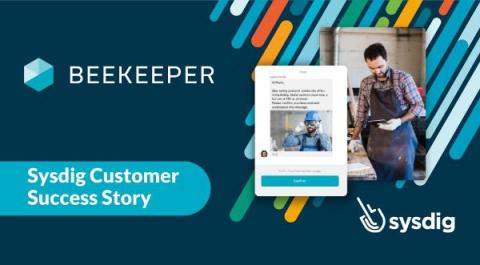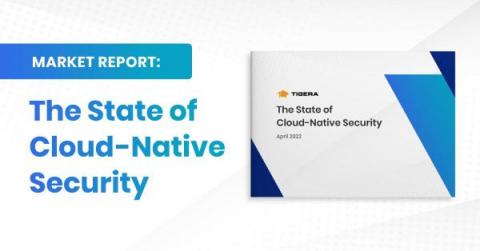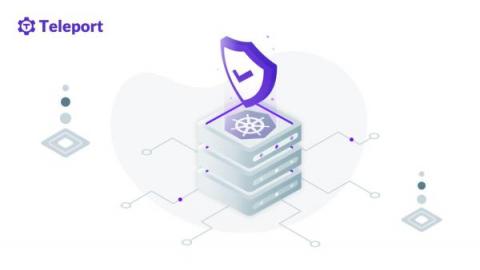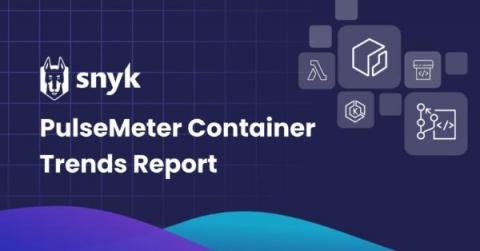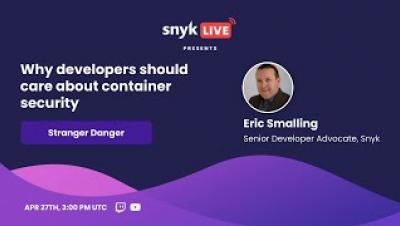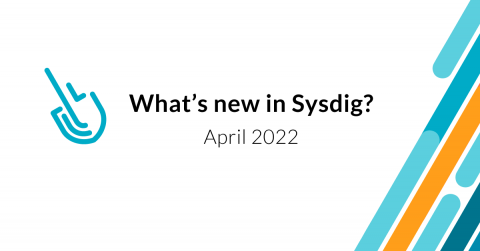Beekeeper Serves Up Secure Communications, Data, and Applications Across Cloud Environments with Sysdig
Beekeeper is known as one of the world’s top platforms for helping remote employees stay connected with their customers, other front-line workers, and the data they need to be successful. Through the company’s platform, employees can gain access to training, forms, and other work-based resources that require flawless access every time.


